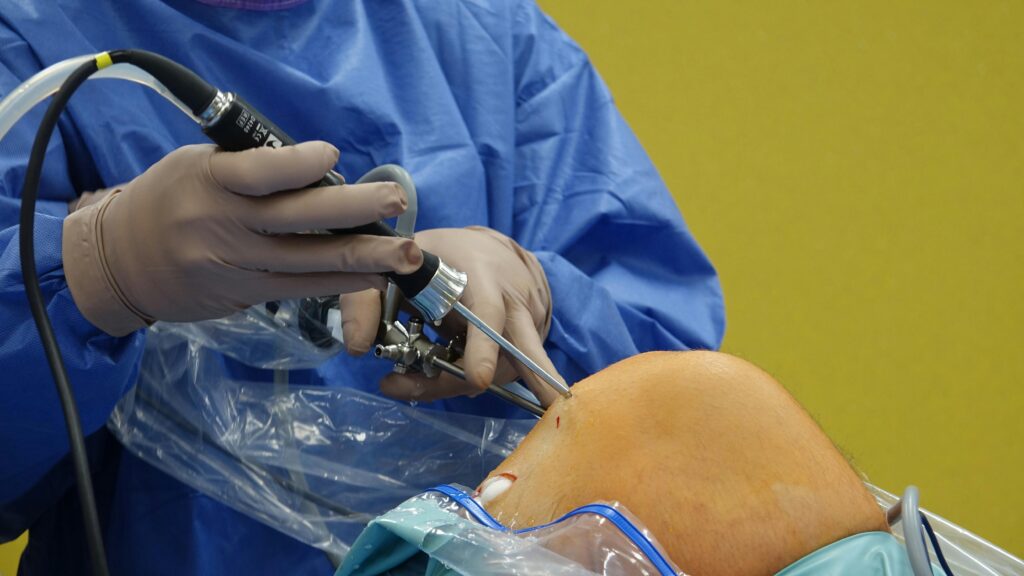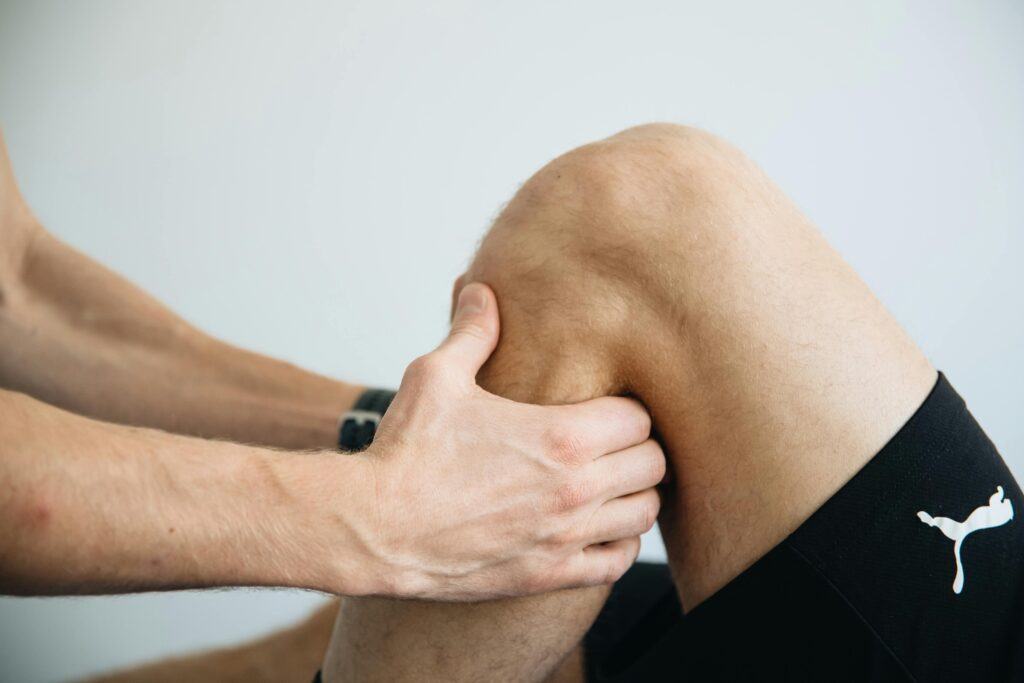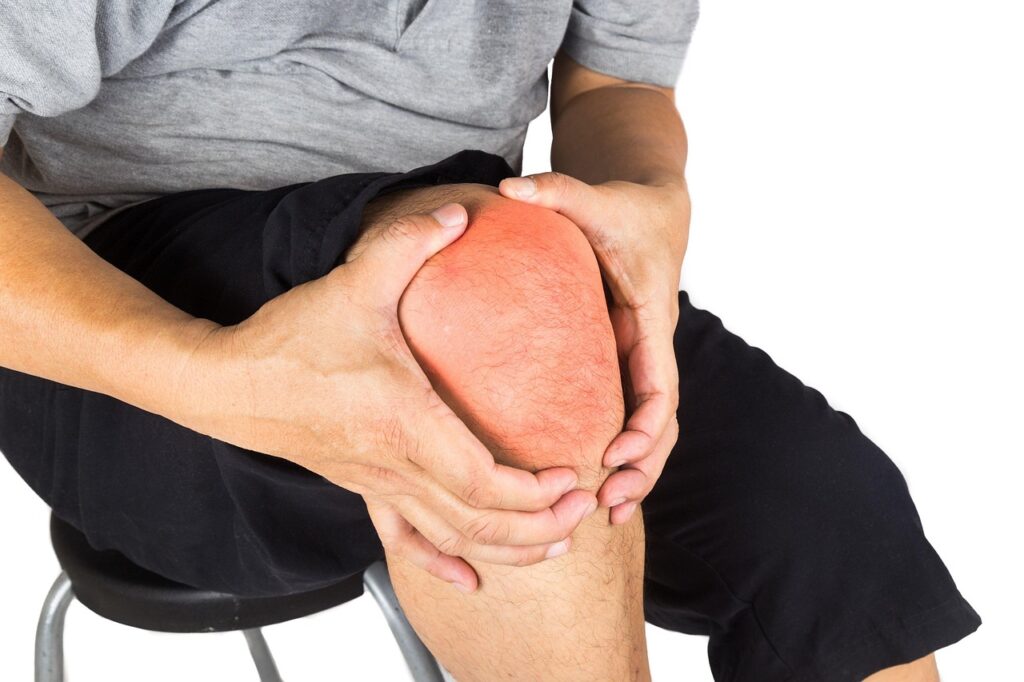An MCL tear can make your entire routine upside-down. If you’re an athlete or simply someone who stepped off a curb wrong, the pain, swelling, and frustration can be overwhelming. But here’s the best news: most MCL injuries heal well-if properly taken care of. In this guide, we’re going to explore in-depth everything that you should know about medial collateral ligament (MCL) tears, from the causes and symptoms to treatment, recovery, and prevention.
The medial collateral ligament (MCL) is a rigid tissue strap on the inside of your knee. It goes from your femur (thigh bone) to your tibia (shin bone) and serves to support the knee and resist inward forces. Think of it as your knee’s internal shock absorber. When it’s torn—either partially or completely—the resulting pain and instability can affect everything from walking to sports performance.
Tears are classified into three grades:
- 1: No tear, mild sprain.
- 2: Partial tear with greater pain and instability.
- 3: Complete tear with marked instability, frequently requiring bracing or surgery.
What Causes an MCL Tear?
The most common cause is a direct blow to the outside of the knee, which forces it inward and overstrains the MCL. That’s why football, hockey, skiing, and soccer are among the sports most infamous for MCL injuries. But non-athletes are not off-limits. Everyday accidents, such as falling on ice or bending your knee in an awkward position when exiting the car, can also cause tears.
Other causes and risk factors include:
- Sudden changes in direction while running
- Incorrect landing from a jump
- Weak hip or thigh muscles
- Using the wrong shoes during activity
- Previous knee injuries
Recognizing the Symptoms
Your knee will definitively and emphatically let you know if you’ve torn your MCL. Most people feel
- Sharp pain on the inner side of the knee
- Swelling which develops over the course of hours
- Bruising in the area around the joint
- The feeling that the knee is “giving out
- Pain when bending or straightening the leg
- Stiffness and reduced range of motion
Grade 1 injuries can be painful but may not prevent continued use. Grade Three injuries are more dramatic—your knee may actually give way beneath you.
—
How is an MCL Tear Diagnosed?
A thorough physical examination is first. Your healthcare provider will test the stability of your knee by applying gentle pressure on each side. Pain, looseness, or abnormal movement can suggest ligament damage.
To confirm and to evaluate severity, imaging tests might be needed:
- MRI (Magnetic Resonance Imaging): for showing soft tissue like ligaments
- – X-ray: Useful for identifying whether bone fractures also exist
- Ultrasound: Occasionally used to visualize ligament movement in real-time
—
Treatment Options for an MCL Tear
1. Rest and Conservative Care
The majority of MCL tears—especially Grade 1 and 2—can be successfully treated with nonsurgical methods. The key is proper management:
- Rest: Avoid weight-bearing and high-impact activities.
- Ice: Apply for 15–20 minutes every few hours for the first 48–72 hours.
- Compression: Use an elastic bandage or knee brace to help reduce swelling.
- Elevation: Lift your leg up to drain fluid and ease pain.
2. Medication
Pain relievers like ibuprofen (Advil) or naproxen (Aleve) can be utilized to manage pain and swelling. More potent medication can be prescribed by the doctor for more intense pain.
3. Physical Therapy
This is where the magic happens. Once the pain and swelling subside, a formal **rehab program** helps regain strength, balance, and range of motion. Exercises usually consist of
- Isometric quad contractions
- Hamstring stretches
- Resistance band leg lifts
- – Balance and proprioception training
Rehab is not just about getting healthy—it’s also about preventing future injury.
When is Surgery Necessary?
Surgery is usually reserved for:
- Grade 3 tears that don’t respond to conservative management
- Tears that also occur with ACL, PCL, or meniscus injuries
- Chronic instability of the knee
- Professional athletes who need absolute joint stability
In surgery, the ligament is reconstructed or repaired using tissue from another tendon. Recovery from surgery takes longer and includes an extensive rehab protocol.
Recovery Timeline: What to Expect
Grade One
- Timeframe: 1 to 2 weeks
- Activity: Light activity after swelling goes down
Second Grade
- Timeframe: 3 to 4 weeks
- Activity: Moderate exercise and modified sports
third Grade
- Timeframe: 6 to 12 weeks or more (with or without surgery)
- Activity: Gradual return to sports with doctor’s approval
Remember, premature recovery can delay healing—or worse, result in re-injury.
—
Rehabilitation Phases: Step-by-Step
1: Acute Phase (0–7 days)
- Focus: Reducing inflammation
- Activities: Ice, elevation, gentle range of motion
2: Sub-Acute Phase (1–3 weeks)
- Focus: Restoration of motion
- Activities: Stationary biking, quad sets, heel slides
3: Strengthening Phase (3–6 weeks)
- Focus: Building and strengthening balance
- Activities: Lunges, leg presses, resistance exercises
4: Functional Phase (6–12 weeks)
- Focus: Return to sports preparation
- Activities: Jumping, pivoting, agility drills
Nutrition’s Role in Healing
Nutrition is important in healing an MCL tear. Prioritize:
- Lean protein (chicken, fish, tofu) for tissue repair
- Fruits and vegetables with antioxidants for inflammation reduction
- Healthy fats (nuts, seeds, avocados) for joint health
- Calcium & Vitamin D to strengthen bones
Avoid excessive sugar and processed foods, which can exacerbate inflammation and slow healing.
Long-Term Outlook
With proper care, **most MCL injuries heal completely**. Athletes typically return to full activity within 2–3 months. However, severe tears, poor rehab, or neglecting rehabilitation phases may lead to lingering pain or instability.
Chronic MCL injuries can require occasional bracing or continued physical therapy. But most of the time, routine rehab ensures a full-strength return.
Tips to Prevent MCL Injuries
- Completely warm up before workouts or sports
- Strengthen muscles around the area (glutes, quads, hamstrings)
- Use proper technique for high-risk activities
- Wear appropriate shoes with good traction
- Consider wearing a brace for additional support for high-risk sports
Living With an MCL Tear: Real Advice
Injuries are not just physical—they are mental as well. Remaining positive, achieving small goals, and celebrating recovery milestones can aid in staying motivated.
Some useful tips:
- Keep a recovery journal
- Speak with a sports therapist or support group
- Listen to your body—don’t overdo it
- Utilize downtime to strengthen other areas (core, arms, etc.)
Conclusion
An MCL tear can be painful, frustrating, and disruptive—but it’s not a permanent roadblock. With proper diagnosis, prompt treatment, regular rehab, and a bit of patience, your knee can be returned to full function. Whether you’re a weekend warrior or an elite athlete, getting informed and getting proactive is your best hope for a full and successful recovery.
FAQs
1. Can you fully recover from an MCL tear?
Yes, a complete recovery is achieved by most people—especially with first- or second-grade injuries—if well treated.
2. Is walking good for MCL recovery?
Walking gently is okay after the swelling goes down, but consult a therapist to avoid overdoing it.
3. Do I need to wear a knee brace for an MCL injury?
Yes, especially during the early stage. It helps the healing process and prevents excessive movement.
4. Can the MCL tear heal by itself without surgery?
Yes, most tears don’t. Only complex or complete tears that involve other structures typically need surgery.
5. How do I know if my MCL is torn or just strained?
Pain location, instability, and imaging studies (like MRI) tell if it’s a strain or a tear.
—
Please don’t forget to leave a review.



